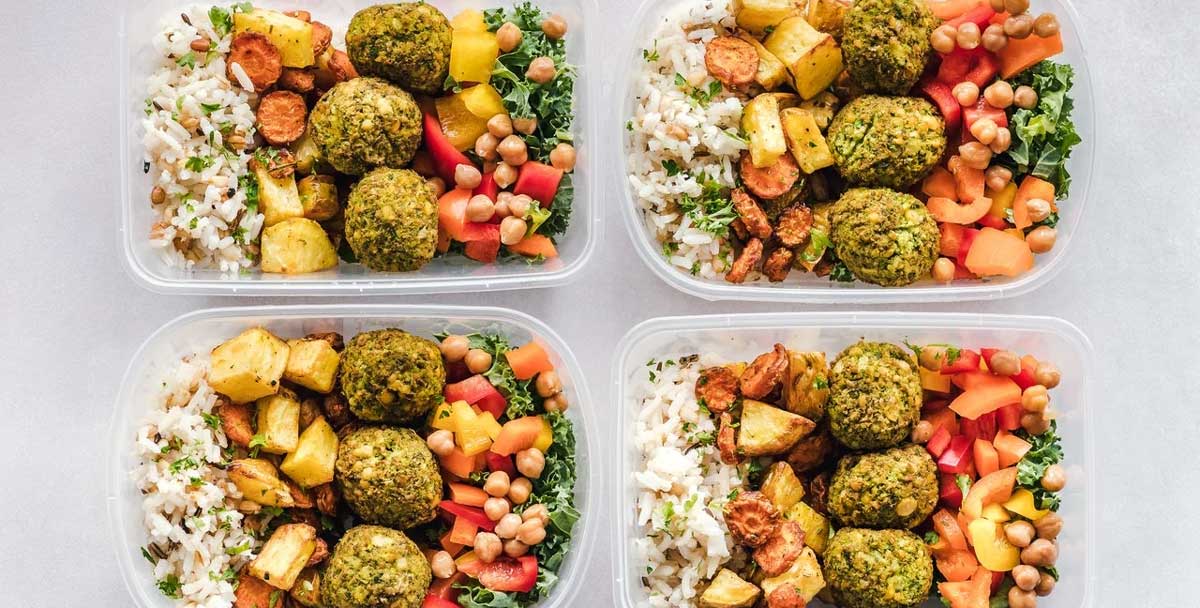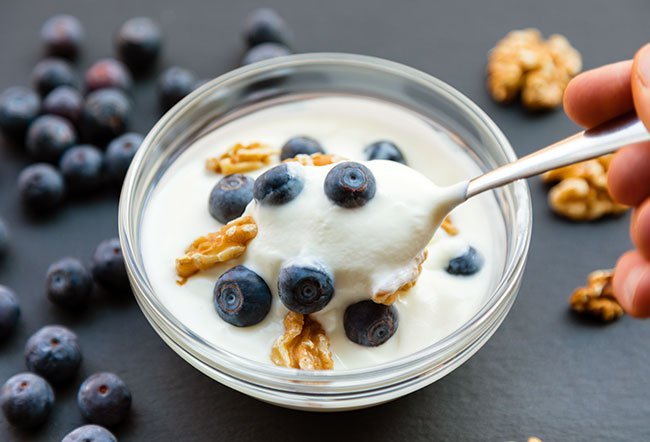
This was the first time salt was created using this method by the ancient Chinese and Romans. The Buddha showed the world how to store and collect salt in the fifth century BC. The Romans used ceramic containers called "briquetage" to collect the brine. The concentrated salt was scraped by workers and washed off any impurities. They then poured the brine into shallow pans and set them on clay pillars set over a fire of peat. The workers then sold the dried and powdered salt to the New World colonists. In the New World slavery was brought from Africa in order to rake salt across various islands of the West Indies.
While most people know about table salt, not everybody knows how sea Salt is made. Although table salt contains sodium chloride as its main ingredient, sea salt can also contain other minerals such as magnesium and iron. These minerals are found in trace amounts in sea salt, and they are incorporated in the salt crystals. Although it is best not to consume this mineral in excess, adding a small amount to your dishes will provide additional nutrients and nutrition.

Sea salt is the most widely used salt. It comes from warm regions and is harvested by filling man-made salt pools with salt water, and then waiting for it to evaporate. Crystals will be left behind by the water that evaporates from the man-made swimming pool. These man-made pools are called "salt works." Salt is harvested in many different ways. The process of harvesting salt can take several billions of year.
Sea salt production is a complex process. The first step in sea salt production is extraction of seawater. This involves extracting water from the ocean. Allow the water to evaporate from the ocean. The water will then dry out and become concentrated. Once the process is complete, sea salt is ready for sale. Then, the resulting product is labeled as unrefined or refined. The unrefined sea salt can be grey or contain marine bacteria or trace minerals that contribute to its complex flavor.
The process of harvesting salt is simple. The salt crystals formed at the bottom and are almost dried. By pouring water on the salt and then scraping it off, the impurities can be removed. This is an excellent method to collect sea sal. It is affordable and widely accessible. It is readily available in many countries. Salt can be used once it is collected. It is versatile in its use.

Extracting salt from seawater is similar to extracting salt water. However, each salt is treated differently. Some sea salts can be taken from the ocean, while others come from the earth. Chemicals are used to extract the salt in this case. To extract the iodine from the sea, the minerals are taken out of the sea. Besides iodine, the salt is also processed to remove minerals that make it edible.
FAQ
Do I require any special equipment?
You don't require any special equipment to learn how to cook. The right tools can make cooking much easier. For example, you could use a knife instead of a fork to eat pasta or a whisk instead of a hand mixer to whip egg whites into stiff peaks. The right tools make cooking easier and faster.
Where can I buy good quality kitchen equipment?
You can buy high-quality kitchen gear online. There are many online shops that sell all sorts of kitchen tools. You should read user reviews and ratings before purchasing any kitchen tools. Ask others who have used similar items if you would like to recommend them.
How much does culinary school cost?
The cost of a culinary school depends on where you are, how much you study, and what program or course you choose. The annual tuition average is between $10,000 and $30,000 Most students graduate with about $20,000 in debt. There are some programs that offer grants and scholarships as well as work-study options.
What skills will I need to be able to go to culinary school?
A chef's job requires you to be able cook well under pressure and understand food safety regulations. To learn how cook, enroll in cooking courses at your local high schools or community colleges. Once you've learned basic techniques, you'll need to find a job working for a restaurant or catering company.
How to be a Chef
There are many routes to becoming a chef. Start by enrolling in a class at a vocational school or community college. Consider attending culinary school. Finally, consider a paid internship.
How Much Does it Cost to Learn Culinary Arts Skills?
You will find that the price to study culinary arts is variable. For example, a 4-year degree costs about $40,000. A two year associate's degree might cost less than $5,000. The tuition rate you choose depends on the program. Public institutions are more expensive than private institutions.
Are there any free online cooking classes?
Many websites offer cooking lessons for free. YouTube has many videos that will show you how to cook different dishes. You may have access to thousands upon thousands of recipes on some websites. The sites typically charge a monthly fee but you can test them for free for a period of 30 days.
Statistics
- According to the BLS, chefs earn $58,740 a year. (learnhowtobecome.org)
- On average, chefs earn $58,740 a year, according to the BLS. - learnhowtobecome.org
- under 10 Kids have been taught that there is special food just for them, and Fiese says that 10 percent of kids will throw a tantrum if they don't get the food they want. (washingtonpost.com)
External Links
How To
How to make a perfect omelet
Omelets is one of my favourite breakfast foods. How do you make them perfect? There are many recipes and methods I tried, but none worked. So today, I want to share some tips and tricks with you so you can make your own delicious and fluffy omelets every morning.
It is important to know that eggs can be temperamental when making omelets. You must get them fresh, organically, and keep them cold until you cook. They must be kept cool, otherwise the whites will not form properly and the yolks may become runny. This causes your omelets to look oddly colored. It is best to use room-temperature eggs if you are going to cook them right away.
Another tip is to separate the egg before adding it to the pan. The yolk and white should not be mixed together as this can cause the omelet's curdle.
The bottom part of an egg that is added directly to the stovetop might be burned, which could cause a ruined texture in your omelet. Instead, place the egg in the microwave for 10 second before you put it in the skillet. The microwave heat cooks the eggs just right without overcooking them.
Next, let's discuss mixing the eggs. Mix eggs well together. To do this, grab the bowl of the mixer and turn it upside down. Next, shake the bowl vigorously. By doing this, the egg is thoroughly mixed with the air in the bowl.
The fun part is now - adding the milk to the mixture. Pour half the milk into the beaten egg mixture and then fold in the eggs. Do not worry if you see streaks of egg; they will disappear when the omelet is flipped.
After you have done folding the eggs, heat the pan on medium heat. The oil will start to smoke. Add 1/4 cup butter to the oil and swirl it around to coat all sides of the pan. The lid should be carefully opened. Sprinkle salt in the pan. A pinch of salt will help prevent the omelet from sticking to the pan.
Cover the pan once the omelet is formed and allow it to cool completely. Flip the omelet upside down or with a spatula. Cook the second side for a minute or so. Take the omelet out of the pan and immediately serve.
This recipe is best when used with whole milk. But, you can use skimmed milk as well.